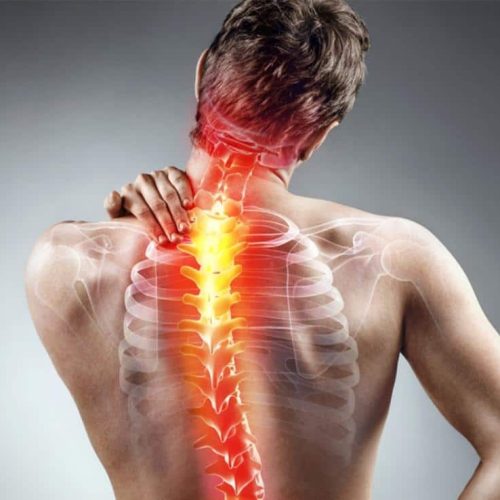Scoliosis
"SCOLIOSIS is a sideways curvature of the spine that most often is diagnosed in adolescents. While it can occur in people with conditions such as cerebral palsy and muscular dystrophy, the cause of most childhood scoliosis is unknown."
In more than 80 percent of cases, the cause is unknown — a condition called idiopathic scoliosis. In other cases, it may develop as a result of degeneration of the spinal discs, as seen with arthritis, osteoporosis or as a hereditary condition that tends to run in families.

SIGN & SYMPTOMS
- Uneven shoulders
- One shoulder blade that appears more prominent than the other
- Uneven waist
- One hip higher than the other
- One side of the rib cage jutting forward
- One side of the rib cage jutting forward
TYPE OF SCOLIOSIS
- SRUCTURAL
By far the most common category of scoliosis. It involves spinal rotation in addition to the side-to-side curvature of the spine. This type of scoliosis affects the spine’s structure and is considered permanent unless the spine receives treatment.
- NONSTRUCTURAL
Also known as functional scoliosis, results from a temporary cause and only involves a side-to-side curvature of the spine (no spinal rotation). The spine’s structure is still normal
Risk Factors for Scoliosis: Don't Ignore These!
[1] AGE
Signs and symptoms typically begin in adolescence
[2] SEX
Although both boys and girls develop mild scoliosis at about the same rate, girls have a much higher risk of the curve worsening and requiring treatment
[3] FAMILY HISTORY
Scoliosis can run in families, but most children with scoliosis don’t have a family history of the disease
How Physiotherapy Treatment help Scoliosis
(1) Hot/Cold Therapy
Applied to enhance relaxation and reduce pain. It is important to use ice after exercise and after any activity that causes discomfort
(2) TENS
Used to relieve the pain. Electric stimulation will helps to improve the blood circulation, thus enhancing the healing process and reducing any swelling or discomfort
(3) Exercise
Stretching and strengthening exercises need to be done regularly. Exercises will restore the movement and maintain the adequate strength and stability of the spine (lumbar) joint
(4) Mulligan Techniques
Designed to reduce pain and improve the patient’s range of motion the Mulligan technique involves Natural Apophyseal Glides (NAGS), Sustained Natural Apophyseal Glides (SNAGS) and Mobilization with Movement (MWM) for the treatment of musculoskeletal injuries
(5) Joint MOBILIZATION
Decelerating the progression of the curve and reducing the already increased magnitude of the curve

